PARTITION
SOCIAL IMPACTS
“We have undoubtedly achieved Pakistan, and that too without bloody war, practically peacefully, by moral and intellectual force, and with the power of the pen, which is no less mighty than that of the sword and so our righteous cause has triumphed. Are we now going to besmear and tarnish this greatest achievement for which there is no parallel in the history of the world? Pakistan is now a fait accompli and it can never be undone, besides, it was the only just, honourable, and practical solution of the most complex constitutional problem of this great subcontinent. Let us now plan to build and reconstruct and regenerate our great nation...”
~Quaid-e-Azam Muhammad Ali Jinnah
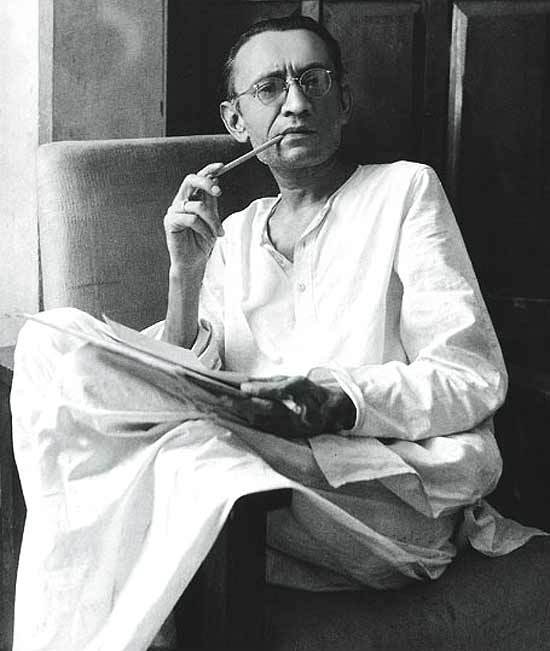
Manto, Saadat Hasan. Saadat Hasan Manto, in his later years. The Wire.
“Hindustan [India] had become free. Pakistan had become independent soon after its inception but man was still slave in both these countries - slave of prejudice … slave of religious fanaticism … slave of barbarity and inhumanity.”
~ Saadat Husan Manto
Mass Displacement/Migration
Pakistan received 18% of the overall population with 23% of the country’s area, while India was burdened with around 82% of the total population with only 77% of the area in comparison to its population density. This led to massive population transfers, chaos, and disruption of centuries of coexistence.
“1,000,000 Indians On The Move (1947).” YouTube, uploaded by British Pathé, 13 April 2014,
Changes in Social Community
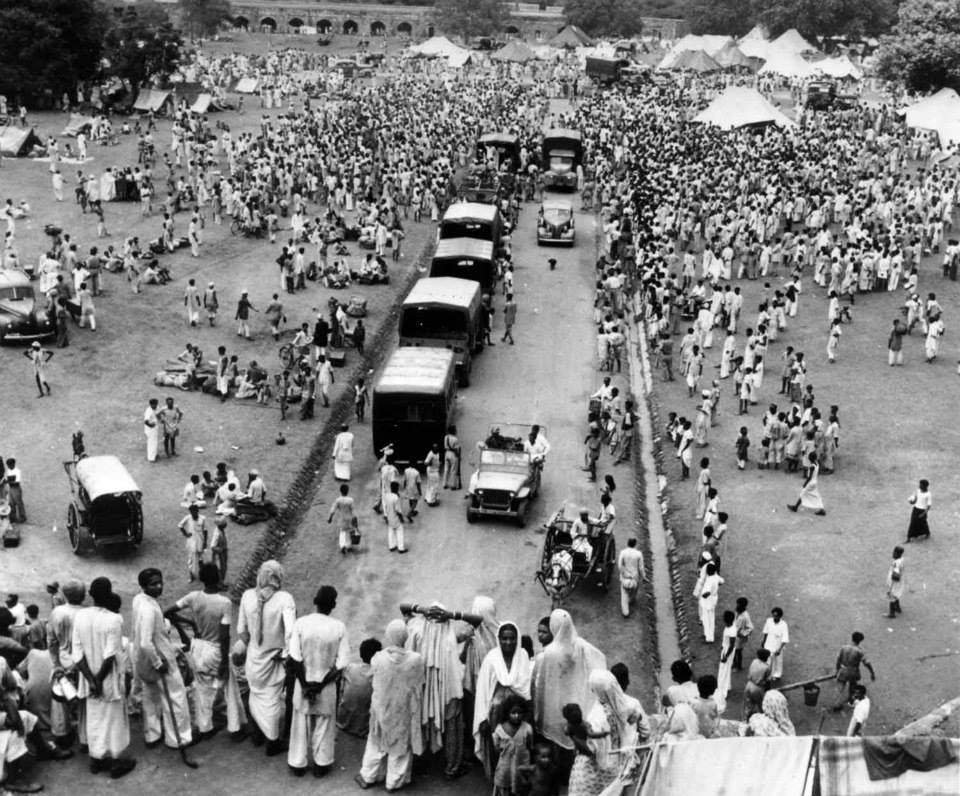
Popperfoto. Partition in India. 1947. GettyImages.
The partition of Pakistan and India resulted in significant social restructuring, particularly in Lahore and Amritsar, due to the exodus of Hindus, Muslims, and Sikhs, deepening social rifts and cultural differences.
Challenges of Resettlement
The 1947 partition of India resulted in significant challenges in resettlement, including the influx of millions of refugees, inadequate housing, and employment struggles. Overcrowding, unsanitary conditions, and social integration issues further exacerbated poverty and vulnerability among the refugees.
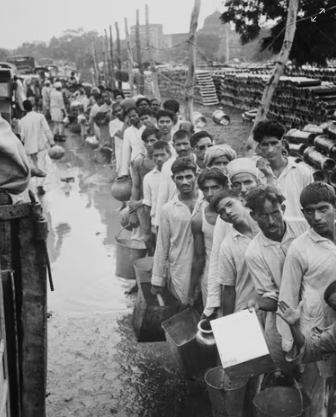
Bettmann. Indian Refugees Waiting for Water. 1947. GettyImages,.
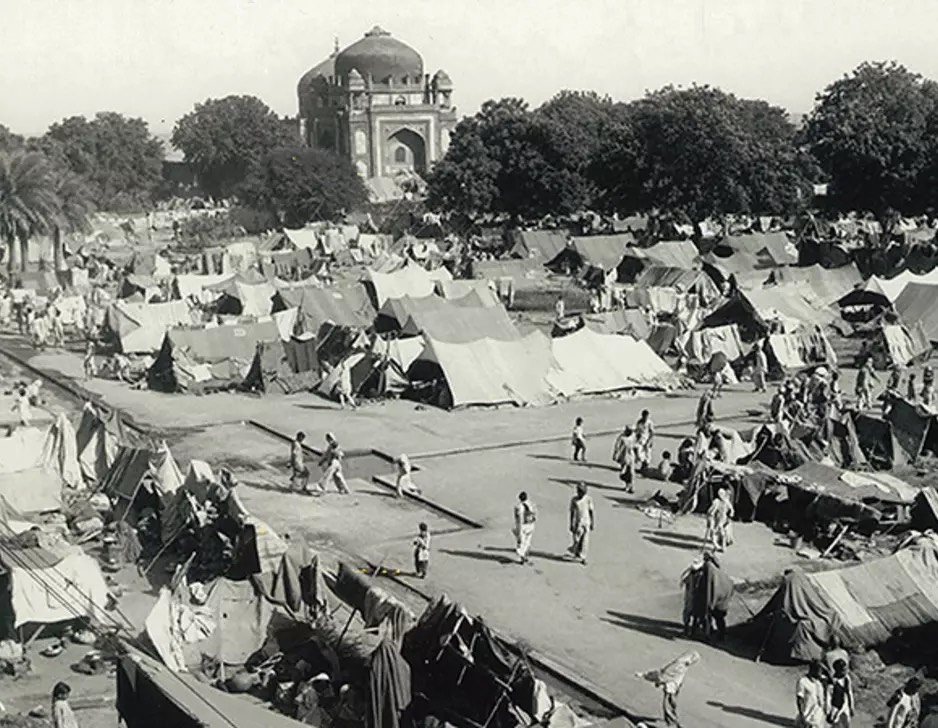
Singh, Prakash. Partition of India and Pakistan 70 years on. 1947. The Guardian,.
"With a legacy of many of the same structural and ideational features of the colonial state as its counterpart, Pakistan was unable to build viable institutions that could sustain the elementary processes of a participatory democracy."
~ Jalal, historian
Influence on Women:
During the Partition, women faced harrowing circumstances, including rape and abduction, leading to a rise in female suicides. This stemmed from the belief that women's honor reflects men's honor, making rape a form of retaliation. Women faced torture, disfigurement, and psychological trauma.
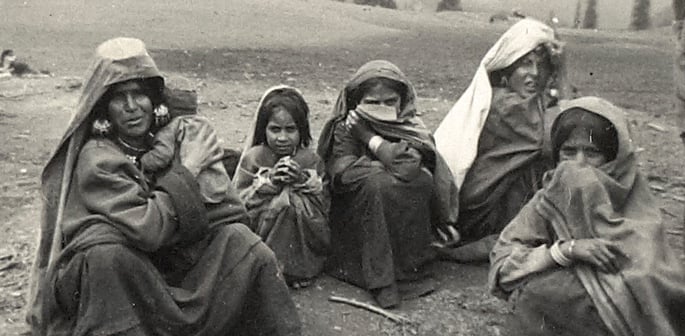
Rein’state’ed – the Case of the ‘Exchanged’ Women at Partition. 13 February 2020. Sabrang India, sabrangindia.in/reinstateed-case-exchanged-women-partition.
"I have seen such abnormal things, I kept asking myself, what is there to write, why should I write.”
~ Urvashi Butalia, writer
Women faced over 75,000 instances of rape, mutilation, abduction, domestic slavery, and prostitution.
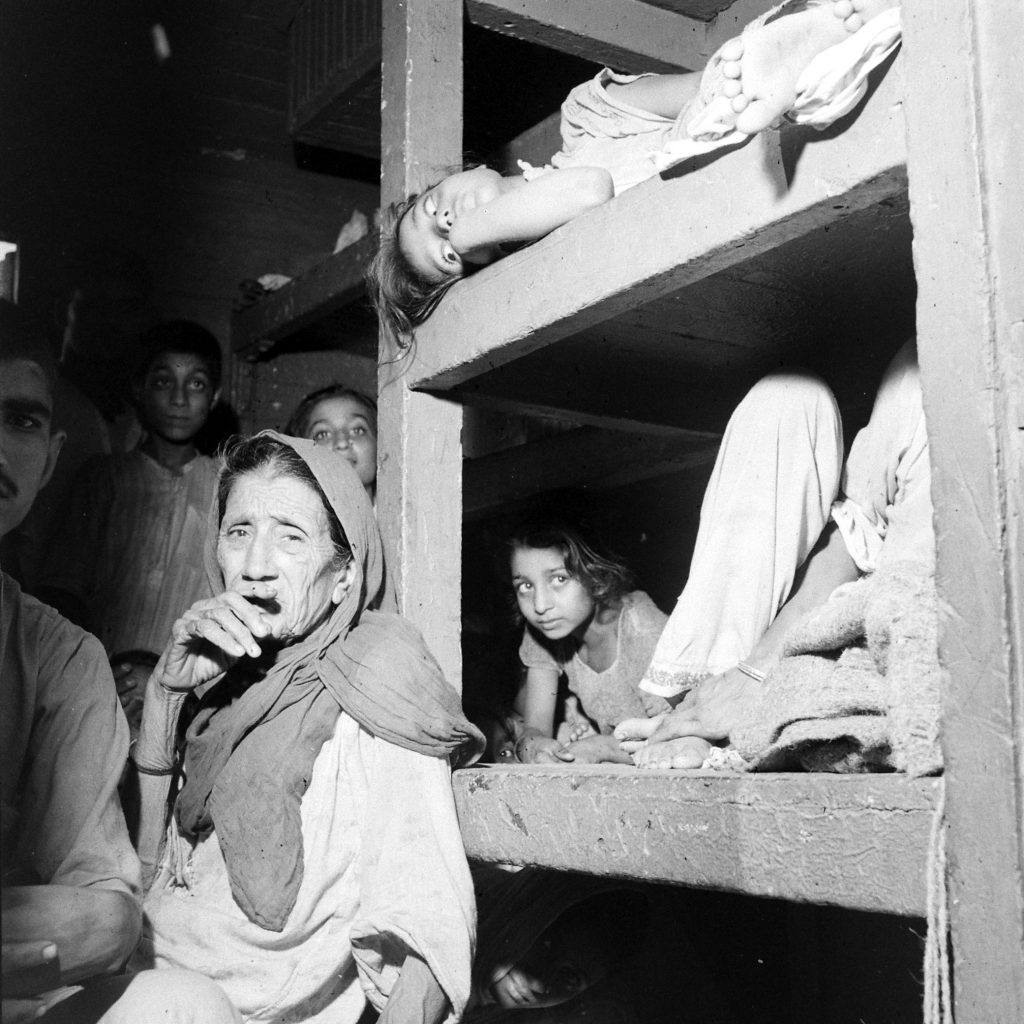
Bourke-White, Margaret. The Great Migration. 1947. LIFE.
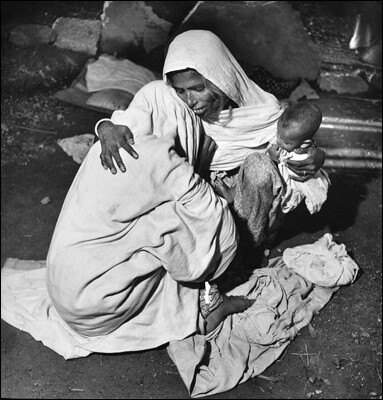
Bourke-White, Margaret. Contact sheet showing the mass migration. 1947. LIFE,
“No nation can ever be worthy of its existence that cannot take its women along with the men. No struggle can ever succeed without women participating side by side with men. There are two powers in the world; one is the sword and the other is the pen. There is great competition and rivalry between the two. There is a third power stronger than both, that of the women.”
~ Quaid-e-Azam Muhammad Ali Jinnah
The 1947 Inter-Dominion Agreement between India and Pakistan rescued 9,000 Indian and 5,500 Pakistani women, but many suffered PTSD.
Legacy of Division:
The 1947 partition of India and Pakistan left a lasting legacy of tensions, communal strife, and cultural shifts. The division led to conflicts like Kashmir and religious polarization, resulting in distinct refugee communities and homogeneous religious communities. The 1947 Inter-Dominion Agreement rescued 9,000 Indian and 5,500 Pakistani women, but many suffered from PTSD, depression, and anxiety.
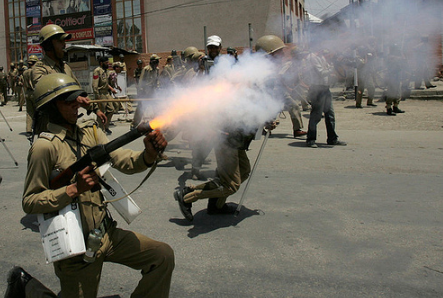
Kashmir Global. Kashmir Unrest. 2010. Flickr.
“We should have realized it sooner, at least my father should have, that there was no coming back. Not in September when the riots died down, not in October when the subcontinent still lay in shock, not even in November as he had hoped and promised us. Lahore was now lost forever”
~ Malhotra